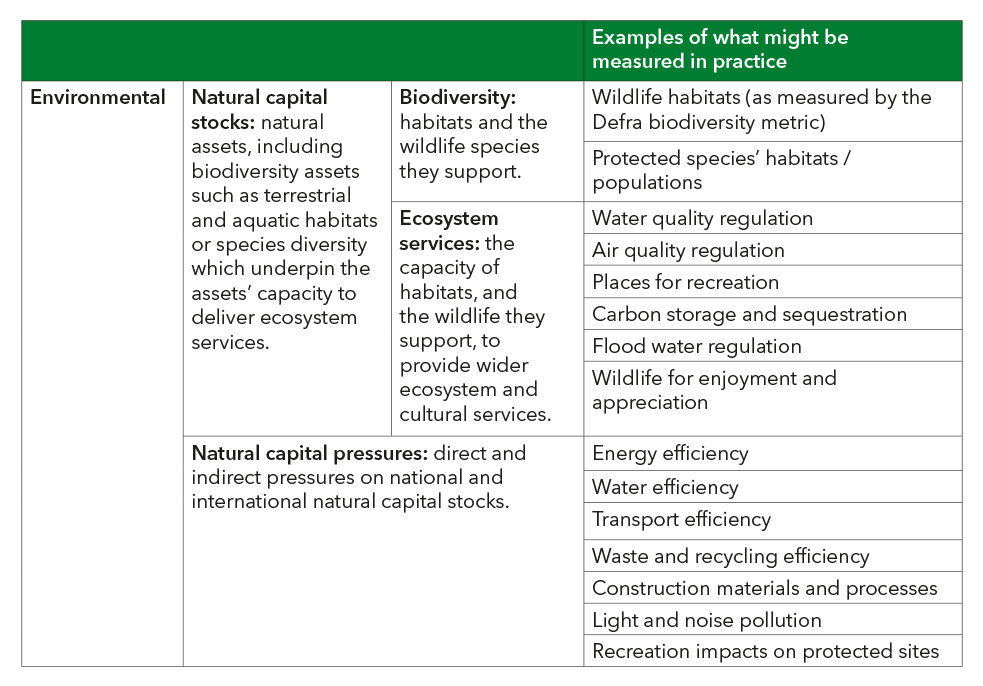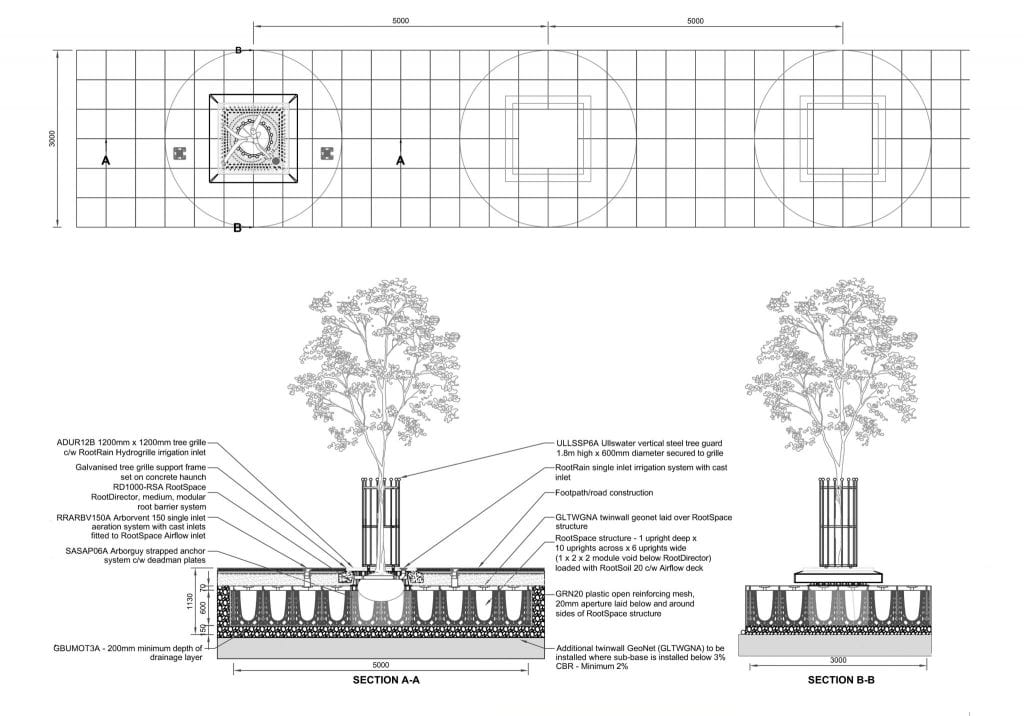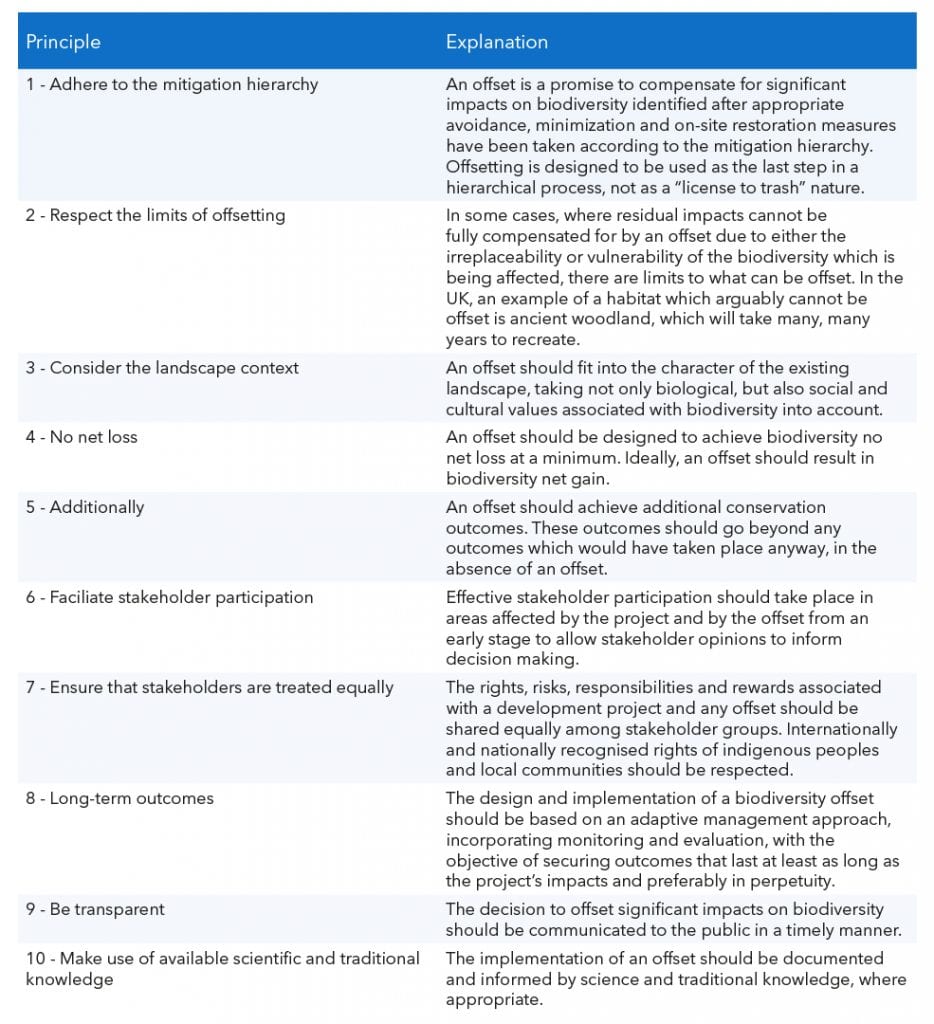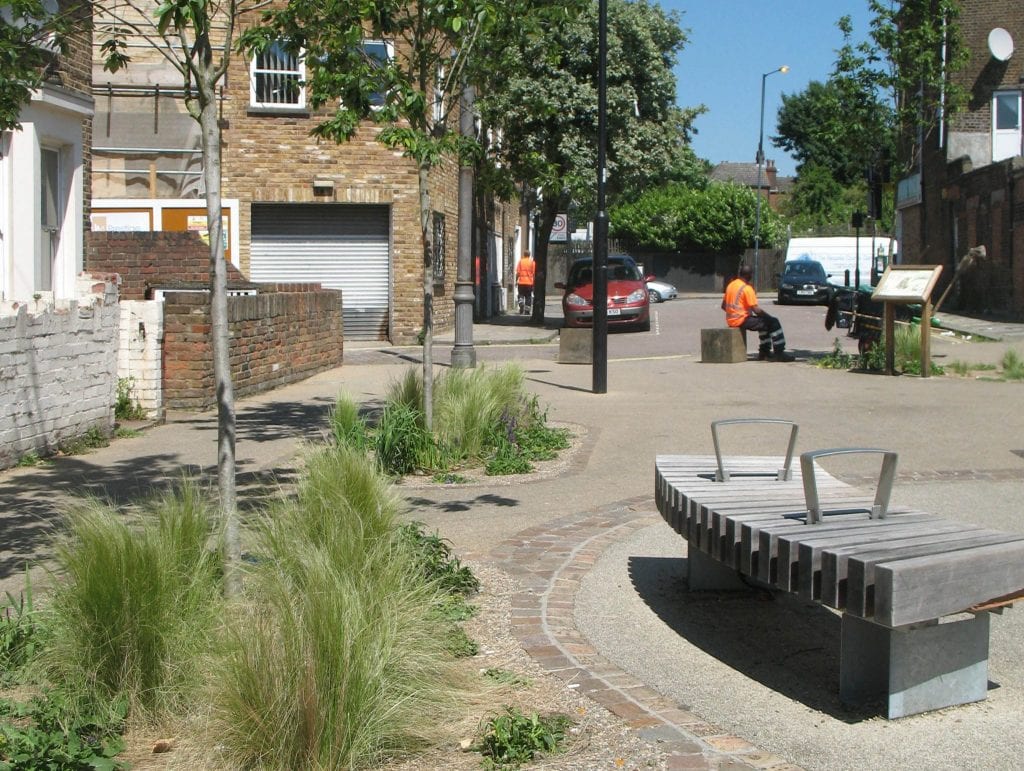It has now been confirmed in the Spring Statement that the Government will pass legislation to put Biodiversity Net Gain on a statutory basis and with this in mind we have to ask ourselves what does this mean and how can we design, construct and implement bold and ambitious schemes to not only improve on the baseline but go beyond mitigation.
In brief, BNG will require that new developments are left in a tangibly, measurably improved state to the habitat scenario pre-development. Defra makes specific reference to tree planting and the green corridors as potential mechanisms for delivery. It is with this in mind that GreenBlue Urban, with our expertise in the delivering of green and blue corridors, and pioneers in the delivery of engineered tree pit systems for the hard landscape, have produced this short design guidance for developers.
With the aspiration from Government that BNG costs can be factored into land value at the stage of site acquisition, Developers will have welcome clarity. Most importantly, local plans and design codes will provide robust, accessible guidance for local expectations when it comes to quality landscape and the delivery of net gain on sites of all shapes and sizes.
The diagram below, from DEFRA’s consultation, gives an indication of the metrics and associated exempla:

GreenBlue Urban’s Top Design Tips for New Developments:
- Design for long term net gain – The new DEFRA metric as well and the guidance produced by Natural England and Balfour Beatty, emphasises the importance of BNG being a long-term process. We will only reap the rewards of applying the mitigation hierarchy and creating high-quality habitats after a number of years. This is particularly important when it comes to offsetting and mitigating using tree planting. The designs of tree pits, the methodologies we use today, will have a direct impact on the quality of the urban trees and the habitat those trees provide for years to come.
- Capture the Co-Benefits and consider ‘What Does Good Look Like?’. With several options available given any specific scheme, when planning a new development, consider the components you can use to design in as many varieties of habitat and co-benefits as possible. If we consider the role of the urban tree, we can ascertain a number of co-benefits that can be derived from designing canopy volume urban trees with a broad palette of species to deliver the optimum diversity for wildlife on site to exploit.
- Consider Connectivity: Using engineered modular soil cells, designers can integrate bioretention tree pits to create green and blue corridors that enable wildlife to exploit natural connections between spaces and places across the site.

- Make each component Multifunctional – using engineered tree pit systems it is possible to design in SUDs and Trees utilising one space-saving package enabling the client to demonstrate that they are improving water quality, improving biodiversity and having a tangible impact on air quality on site as well as sequestering carbon.
- Optimised biodiverse raingardens to create discrete biodiverse units along residential streets and more heavily trafficked areas. See our Greener Grangetown case study.
Having explained the methods that can be utilised using engineered tree pit and SUDs systems, to create sites that deliver without compromise on developable land and achieving viability, we can further explain how the correct design of trees in the hard landscape can achieve a number of the principles that form the Biodiversity Net Gain philosophy:

Through good quality tree planting, Developers can honour their mitigation obligations, planting quality trees into optimal underground environments to offset. Working with correct software tools such as itree and CAVAT, Developers can also assess the limits to which new planting can achieve the net gain they require. Using a flexible, modular tree pit approach, can also enable Developers to improve the existing ‘landscape context’ through integrating trees to increase canopy cover in a manner that respects the existing ecology of the site. Through investment in trees for the long term, additionality is achieved as using sub-optimal planting methodologies merely leaves a landscape burden with costly replacement on the horizon. We can’t leave a legacy of failing trees which deliver ever declining ecosystems services. Making use of scientific knowledge available as per principle 10 above, we can see that creating tree pits with the right uncompacted soil, to the correct specification, with the right volume, we are leaving a legacy of continuous benefit. Being transparent and engaging in meaningful stakeholder engagement is also achieved using quality systems and communicating the need to use specific solutions and the multiple benefits the end product will provide. We are also treating stakeholders equally by providing a landscape that not only makes financial sense for the client but improves the health and well being of end users.
Being transparent and investing in amenity spaces and working with industry leaders such as ourselves, Developers can engage in meaningful community engagement that provides stakeholders through from design to implementation with the technical details and the measurable benefits that solutions can provide on-site beyond the construction phase:

